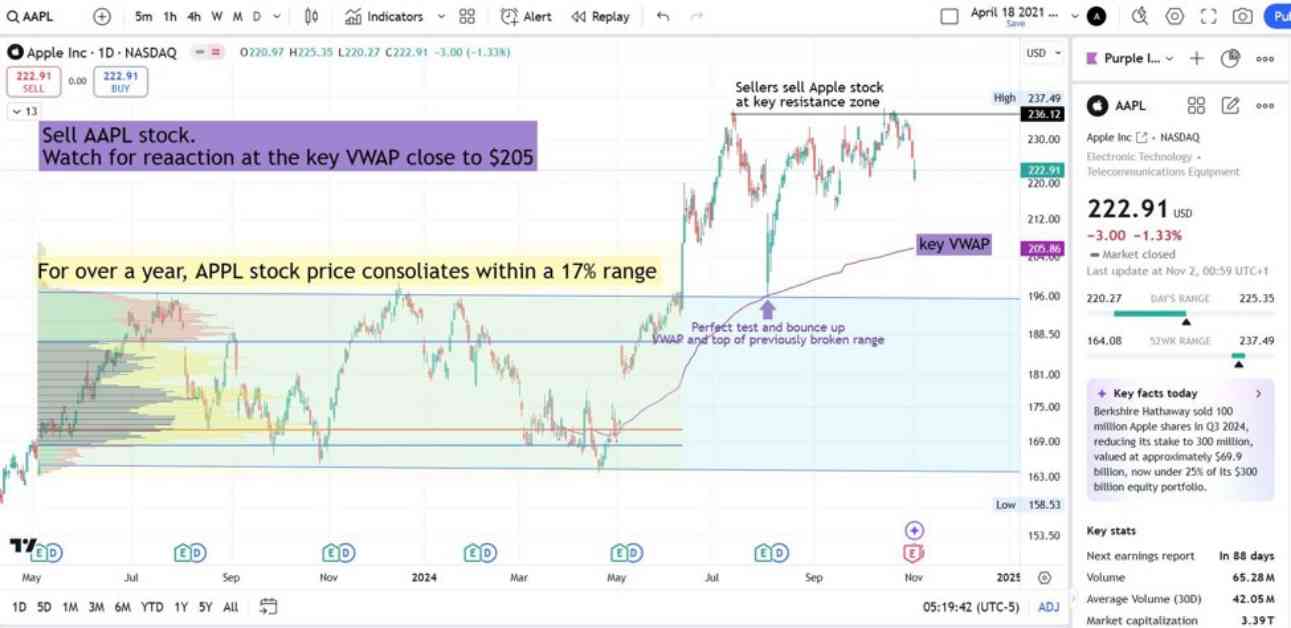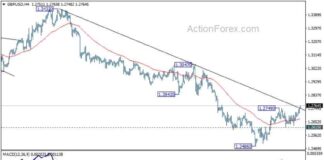Apple Inc. (AAPL) has been a top choice for many investors and traders for a long time. However, recent price movements suggest that it might be time to consider selling or taking some profits off the table. This doesn’t mean losing faith in AAPL, but rather being strategic and watching for the right opportunity to re-enter the market.
One key level to keep an eye on is the volume-weighted average price (VWAP) at around $205. In the past, this level has served as strong support during consolidations. If AAPL drops to $205, how it reacts could provide important clues for future price movements. A bounce could indicate a potential uptrend, while a break below may signal further declines.
When considering whether to sell or hold AAPL stock, it’s important to pay attention to various factors. Watch the price reaction at $205, monitor volume and momentum, and consider overall market sentiment. While selling some AAPL shares or taking profits can help manage risk, it’s essential to remember that timing the market perfectly is nearly impossible.
Recent news about Apple, such as its new AI products and Berkshire Hathaway trimming its stake in the company, can impact market sentiment and investor decisions. Despite some insider selling and valuation metrics suggesting caution, AAPL remains a strong long-term investment option.
Analyst recommendations and price targets provide valuable insights into the potential performance of AAPL in the market. While some firms have downgraded the stock, others have raised their price targets, indicating confidence in Apple’s future growth. Insider trading activities, including executive sell-offs, should also be considered when making decisions about buying or selling AAPL stock.
In conclusion, while AAPL continues to be a solid choice for many investors, it’s important to stay informed, assess risk, and make decisions based on a balanced approach. Whether you decide to sell, hold, or buy AAPL stock, remember that all investments come with risks, and it’s essential to make choices that align with your financial goals and risk tolerance.

















